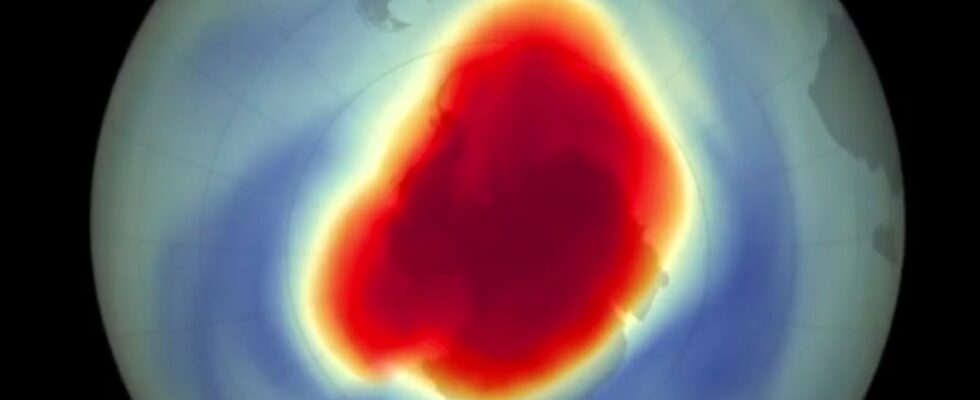The ozone layer is better, it’s confirmed. Proof if necessary that strong measures are effective. But, it will be necessary to wait a little longer before it is fully restored.
We have known it for several years: the hole in the ozone layer is repairing itself. This deterioration of the ozone layer had been directly caused by human pollution. In 1985, the Montreal Protocol ratified an international agreement to put an end to the toxic chemical substances concerned (such as chlorofluorocarbons – CFCs – used in particular by old refrigerators). Then, in 2016, an amendment (known as Kigali) extended the ban to hydrofluorocarbon (HFC) type gases.
All this paid off since in 2020, a research article published in Nature confirmed the positive trend: the degradation of the ozone layer seemed to be on hold, or even improving, thanks to the Montreal Protocol. The United Nations has just published, in early 2023, a new scientific report taking stock of 2022 – Scientific Assessment of Ozone Depletion. The improvement is confirmed.
The Montreal Protocol pays off
” Actions taken under the Montreal Protocol continue to contribute to ozone recovery “, notes the report. The presence of the substances in question is reduced little by little as we see that the hole is filling up.
It was not won. In 2018, a scientific study in Nature and subsequent journalistic investigations had shown illegal emissions coming in particular from China and increasing since 2012. At the time, concern was mounting about the risk that this would hinder the recovery of the ozone layer. But, in 2021, reports showed that China was finally getting to fight these emissions properly. This sequence does not seem to have prevented the positive trend.
However, this does not yet mean that the ozone layer is fully repaired by now. It will take a few more decades. The return to 1980 values, i.e. the normal values before the hole in the ozone layer formed due to pollution, is expected:
- Around 2040 over most of the globe;
- In 2045 for the Arctic;
- Around 2066 for Antarctica.
” It is estimated that compliance with the 2016 Kigali Amendment to the Montreal Protocol, which requires the gradual reduction of the production and consumption of certain hydrofluorocarbons (HFCs), will avoid a warming of 0.3 to 0, 5°C by 2100 “, adds the report. This estimate does not, however, take into account the emissions of HFC-23 (trifluoromethane), which is more powerful than CO2 and whose emissions exceed the rates declared by all the countries.
Now, to work for the other greenhouse gases? It is time: the 6th report of the IPCC indicated that there was not much time left for this to be effective in order to avoid a warming of 1.5 degrees. The Montreal Protocol is proof that we can act.
